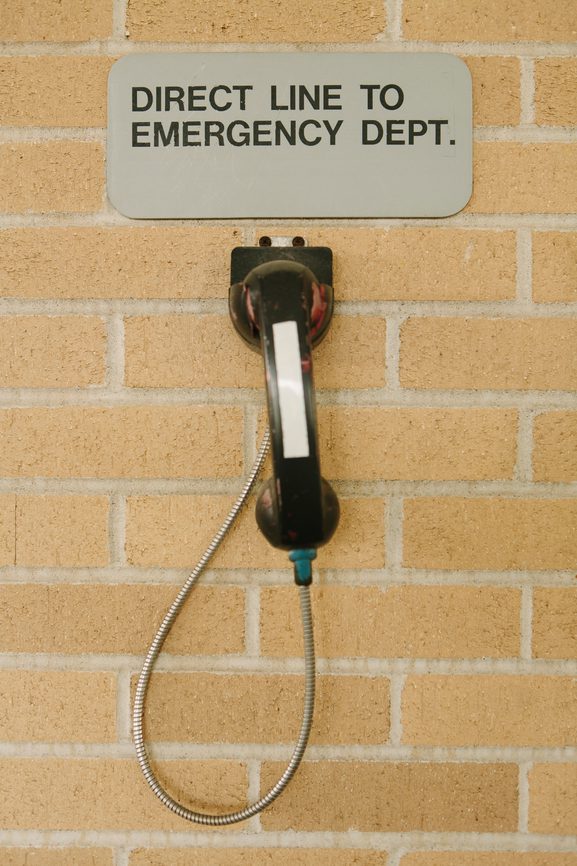More organizations have a global footprint than ever before. And while this variety and diversity in backgrounds and experience makes project groups stronger, it may also present significant challenges for those teams as they work to communicate effectively and efficiently. Misunderstandings are just the beginning—difficulty staying on target, a lack of unity when it comes to brainstorming workable solutions, and a reluctance to push back against unworkable ideas are all exacerbated in an environment where team members and stakeholders are spread across multiple areas.

A skilled outside facilitator can bridge the connections between these disparate and dispersed groups, draw out vital information to keep the project team moving forward, and help improve lackluster communication practices over the longer term.
Bring wide-ranging groups together
It’s common for project teams to have sub-groups in different areas. They also frequently need to connect with stakeholders who may be located across a multitude of regions, from customers on one coast to vendors on the other, and an executive team based on the opposite side of the globe. Maintaining strong communication across these varied groups can be difficult. Time constraints often limit how frequently individuals are able to connect, potentially narrowing the focus for each meeting too tightly for effective brainstorming, troubleshooting, and planning activities to occur.
An outside facilitator has the skills necessary to ensure that discussions across dispersed groups remain on task but aren’t so abbreviated that the quality of the team’s communications suffer. They will be able to develop agendas that address the highest priority items and work with the Project Team’s members and stakeholders to ensure that important issues are addressed quickly and fully.
Find critical information
One challenge disparate stakeholder groups often encounter is a lack of clarity when it comes to identifying the most vital data the team needs to move forward. Drilling down to the foundation of user expectations and examining difficult resource allocation decisions are just two examples where various team members or stakeholders may be hesitant to express their opinion or they might not be sure their voice will be fully heard and understood.
An external facilitator is perfectly placed to overcome these obstacles. They will be able to keep the various groups on track, drawing out vital information and honing in on the answers that must be provided to difficult questions. Their neutral position will also provide the team with an advantage as each stakeholder is given the opportunity to voice concerns and ask questions.
Nurture more effective communication channels
Developing a culture where robust communication is the norm doesn’t happen overnight. Project teams must remain committed to strong information-sharing practices and they should be willing to modify their habits to accommodate stakeholder groups with unique needs. This could include end users who prefer online chat platforms over video conferencing, or traveling vendors who rarely have access to more than a cell phone for conference calls.
Working with a skilled outside expert is helpful in rounding out the project team’s communication skills. A facilitator will be able to examine the organization’s current practices with an objective eye, looking for areas where opportunities for improvement may exist as well as identifying those communication channels that need a little fine tuning. In addition, they can be a valuable resource for learning how to maximize the efficiency of each communication platform, including written status updates, video presentations, in-person meetings, and weekly conference calls. An external facilitator can also give the team some options to help manage difficult communications, such as delivering bad news to the executive group or setting expectations with end users whose support has been tenuous.

